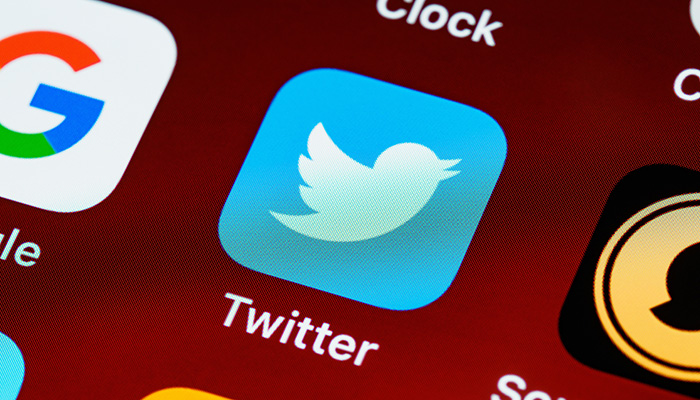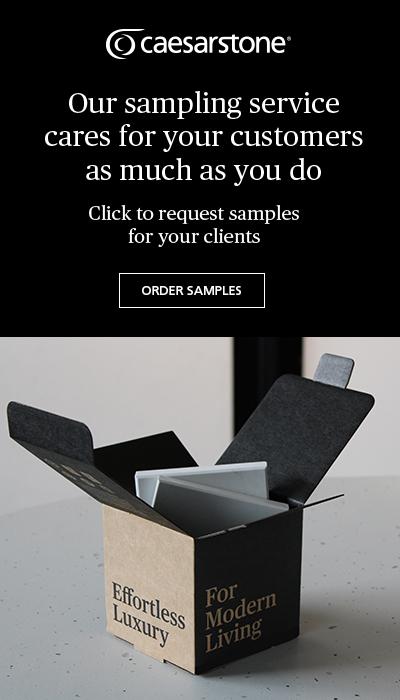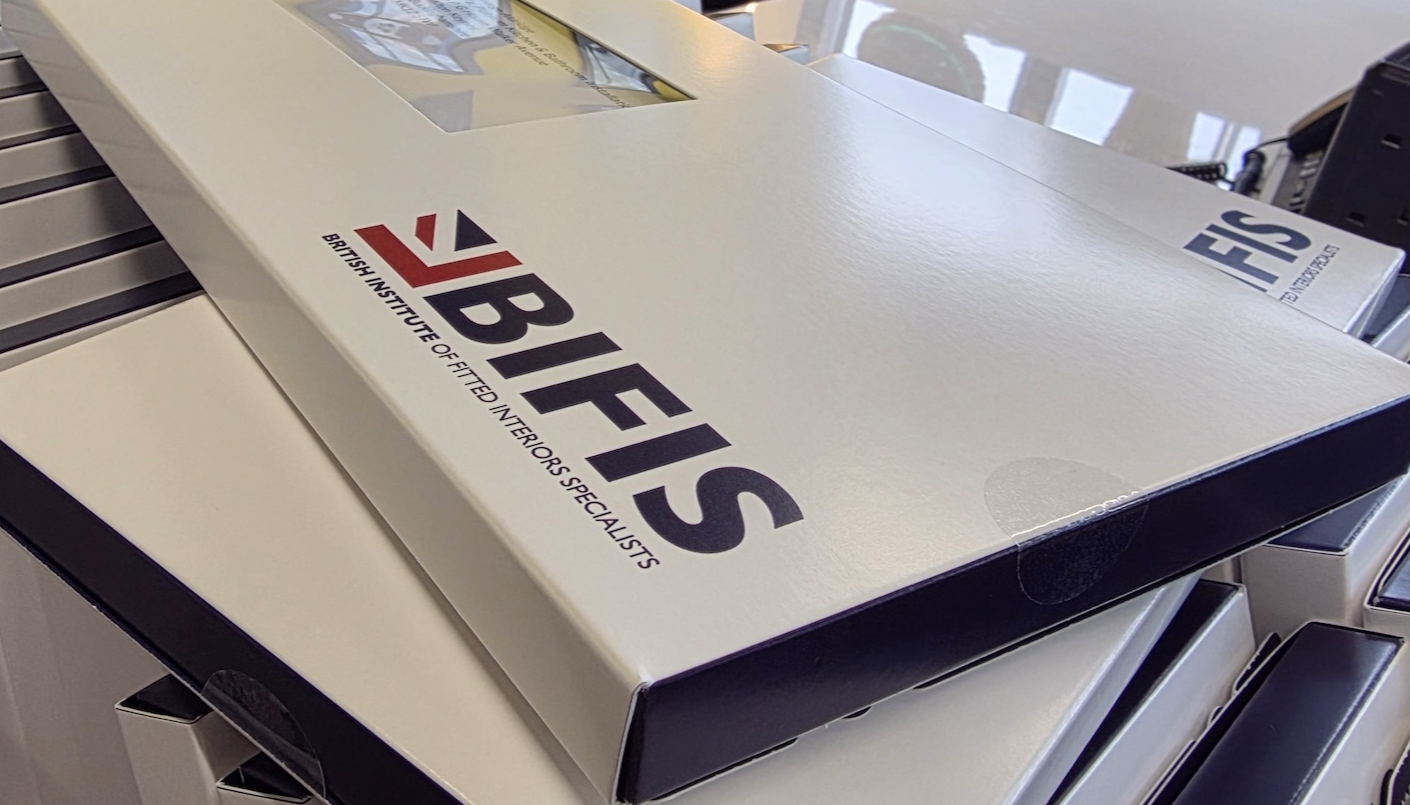Expert view: How to make Twitter friends and influence people
Tue 17th Aug 2021 by Katrina Bell

Expert view: How to make Twitter friends and influence people
Embracing customer service on Twitter doesn’t have to be a constant round of fielding Karens asking to see the manager. There’s a host of ways you can ace your interactions – and look good doing it, says Katrina Bell.
For the customer, aggrieved or not, Twitter is an ideal forum to get a brand’s attention without the hassle of picking up a phone and finding themselves in a game of telephone tag with a call centre. It’s personalised, efficient and supremely public, which – for some – is mostly the point.
Your customers are more likely to seek you out on the platform to make an enquiry or complain than to sign up and share your updates on the latest drops, so your planned and strategic activity needs to be ramped towards tackling that dialogue, rather than marketing to your end user with product news.
If you envisage social media as your virtual showroom, it’s vital you take care planning how you will react, and handle the obvious pitfalls of having any number of onlookers judging your reactions.
These are seven habits for highly effective Twitter customer service...
1. Transparency builds trust – copperplate responses will not serve you well. A human touch gives customers the confidence a real person is dealing with their enquiry. Something as simple as signing off an exchange with your initials or name can mean a customer can get back in touch with the original respondent.
2. Should you slide into their DMs? Too often brands are very quick to ask an enquirer to send a direct message without first establishing a rapport. There are often practical reasons for wanting to have a private conversation, such as account details, however establishing in the first instance how you might help avoids the appearance of being unwilling to be transparent.
3. Identify flash points – are there particularly busy times of the year when you, as a business, are under a lot of pressure and may see queries increase? Bank holidays and Christmas are potentially hazardous, so be clear when the office, and your Twitter, will not be responding. In other instances it’s worth flagging up when customer traffic may be higher and be ready for a Plan B if your normal staff are not available.
4. All feedback is valuable – different types of enquiries can also enlighten your website content or wider customer service activity. For instance, if a lot of contact surrounds installation data sheets or after care, that could be a section on the site you make more prominent. Or take a look at Churchill Insurance’s Twitter feed @Churchill. It’s a dire litany of complaints about long telephone waiting times or lack of response on WhatApp. The pinned tweet regarding opening times for Christmas 2020 doesn’t help much either, and sadly, the message is loud and clear.
5. Take care to brief – and then brief again. If you outsource your Twitter posts, you must have a rigorous reporting structure so that the contractor has a rock-solid route to getting issues dealt with. Twitter spats can go viral very quickly, so a disgruntled customer doesn’t care if you outsource, only that someone within your organisation is taking them seriously.
6. Embrace your in-house geeks. Technical queries that are channelled to an in-house expert provide excellent optics if you can show you have gone above and beyond to find the right person to resolve the issue or offer guidance. Even the most vibrantly vexatious customer will wait for a morning call or text from a named technician if it means they feel cosseted by a specialist.
7. We hear your issues – let’s get together. Rather than offering to direct message, what about asking the customer if they would like to be telephoned or to go on a Zoom call? If your product offering has many moving parts, it might be more constructive to get tradespeople and the customer into a joint space.
Photo by Brett Jordan from Pexels
Tags: insight, features, twitter, web expert, customer service



























